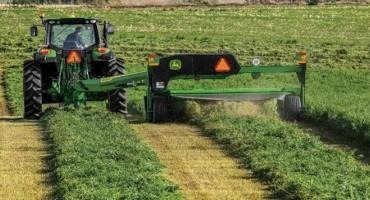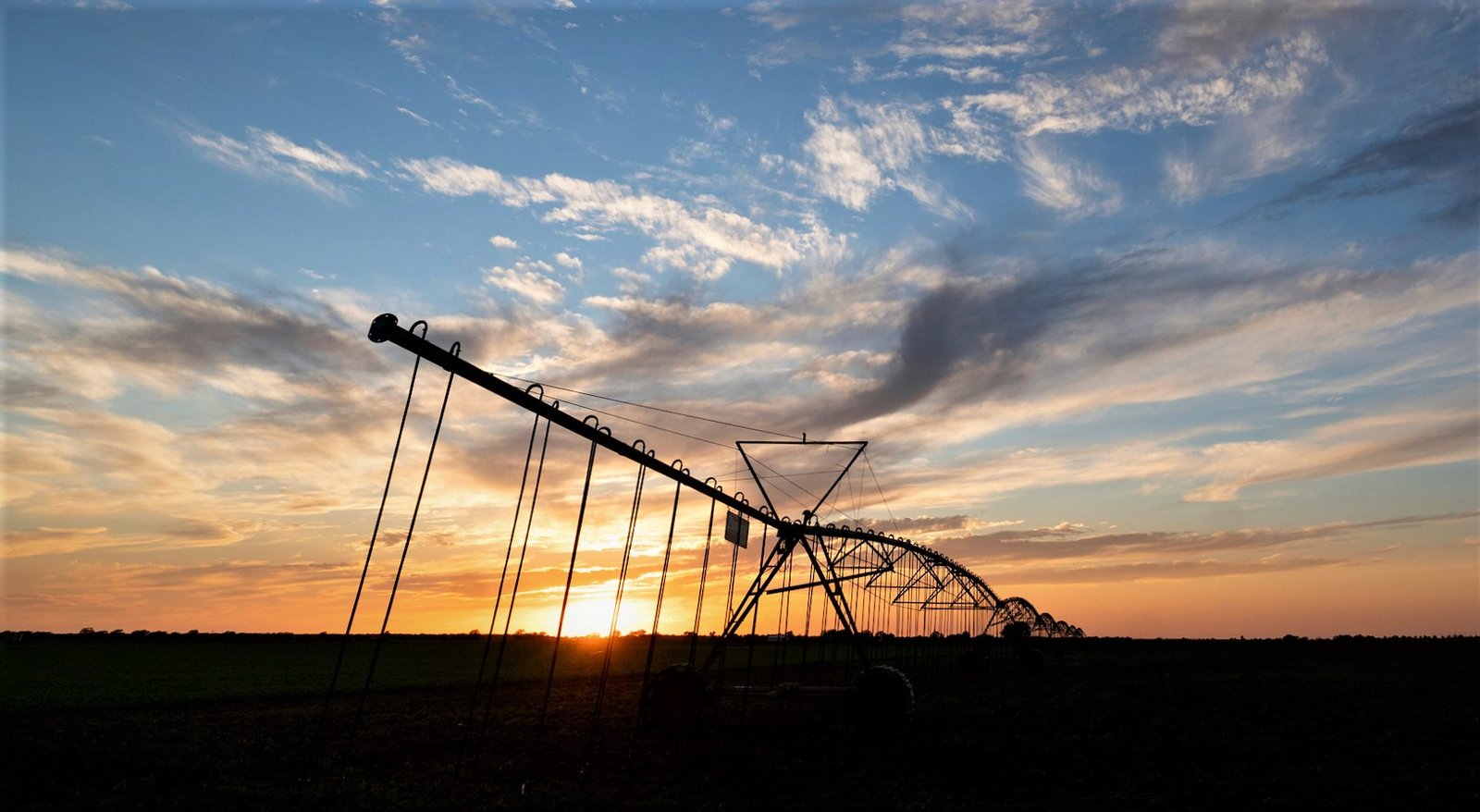Karn Manhas is CEO and founder at Terramera, based in Vancouver, Canada.
I spent much of last year speaking to global leaders about agriculture’s role in turning back the clock on climate change, and two things were consistent throughout: good intentions, and a lack of understanding around one crucial issue, decarbonization.
People everywhere are talking about decarbonization. We’ve seen viral think pieces on decarbonizing travel, architecture, even music. And yes, these conversations are vital — the amount of carbon dioxide in our atmosphere is the highest it’s been in over 4 million years. We’ve thrown Earth’s natural cycles off balance, and climate change is the consequence.
But there’s an equivalent problem nobody seems to be talking about: for all the carbon dioxide in the atmosphere, there’s not nearly enough carbon in the soil. In fact, recarbonizing our soil can play a role in decarbonizing our atmosphere.
Carbon is not a dirty word
Conversations around soil carbon sequestration have endured for years, and a lot of coverage would have you believe there are two groups — one that believes it’s a panacea for climate change, and another that discounts the science around it. As always, the truth is somewhere in the middle.
Let’s start with an irrefutable, but often overlooked fact: for all the negative press, we owe our lives to carbon. It’s quite literally the backbone of life.
In farming, carbon has many advantages. It creates richer soils that grow more resilient, nutrient-dense plants – resulting in healthier humans. Those carbon-rich soils create higher yields and require fewer inputs like fertilizers and pesticides, thus saving farmers thousands of dollars annually.
Increasing carbon also allows the soil to hold much more water. In fact, each 1% increase of organic matter helps soil retain more than 90,000L per acre. This is critical to keep farms resilient and healthy through droughts and mitigate flooding during heavy rain. In other words, recarbonizing soil isn’t just a good idea — it’s imperative to adapt and de-risk our food supply to climate change.
Here’s how recarbonization works
People outside of farming are always surprised to learn the biggest answer for recarbonization is something they learned about in junior high: photosynthesis. Plants pull carbon dioxide from the atmosphere and, with water and sunlight, create simple sugars. In fact, most of the atmospheric oxygen that sustains life on our planet is created as a by-product of that interaction.
This natural process can be co-opted by farmers in several ways to improve the health of their farms. Anyone looking to take a regenerative approach to farming can start with these simple methods.
- No-till: This is table-stakes to keep carbon in soil. There are more living organisms in a teaspoon of healthy soil than there are humans on earth. But tilling disrupts their habitat, exposes and kills them. It also releases carbon from the surface layer of soil, and diminishes its ability to hold nutrients and water which exacerbates issues like drought and flooding. No-till, in comparison, leaves soil protected and undisturbed, maintaining its structure, reducing erosion and promoting overall soil health.
- Ground cover: Without plants, soil is exposed to the elements which can strip it of nutrients. Cover crops reduce erosion with their shield-like foliage while increasing potential for photosynthesis and driving more carbon into the ground through living plant roots — literally breathing life into the earth. One farmer my company spoke with was a self-proclaimed skeptic when he planted five acres of cover crops as a test. He saw his crops become more resilient to the things he had least control over, like droughts and floods. Why did it work so well? His cover crops improved the soil’s ability to store carbon.
- Biodiversity: When one crop is planted repeatedly, it drains the soil of the same nutrients. Farmers then tend to overcorrect, relying heavily on fertilizer to boost depleted soil with nutrients and help ailing plants. Conversely, a diversity of plants, insects, microbes, wildlife and livestock ensures the soil gets replenished with different nutrients. Indeed, studies have found multi-species crops outperform their single-species counterparts — even under drought conditions — improving soil health and keeping carbon in the ground.
Why recarbonization can change the world
When it comes to these regenerative practices, the results are clear for farmers who’ve made the shift, but some disagreement remains about the broader implications for storing carbon in the soil. This boils down to the complexity of nature’s systems.
In nature, materials like carbon are constantly in flux — it’s constantly being stored and released, and that’s confusing for many people — scientists included. It’s incredibly hard to accurately track, leading to disagreements about just how much is in the ground, how much is being released, and how much could be sequestered through regenerative agriculture. To harness nature’s true potential for solutions and put those disagreements to rest, we need better data.
As it stands, there isn’t a set of tools good enough and cheap enough to reliably measure the carbon in soil at scale. Farming is risky enough as is — so to convince people to make the leap from how agriculture has been done to how it could be done, we need a more trustworthy way of measuring the amount of carbon in soil at a given time.
Terramera raises $45 million Series B funding on mission to reduce chemical use in ag by 80% – read more here
Once we have better measurements we’ll uncover new potential. Just being able to say with certainty how much carbon is restored through regenerative techniques will help pave the way for a carbon credit market — a whole new carbon economy where soil is a trusted asset class. That’s the gateway for rapid expansion of regenerative agriculture, which will grow healthier farms, foods, and communities.
This summer I spent time with the Iowa Tribe of Kansas and Nebraska. The First Nation began converting its farms to regenerative practices four years ago, and it’s already seen incredible results in more than just food production. It’s brought the community together with a focus on the health of their land.
It may sound clichéd, but there’s a good reason the carbon cycle is otherwise known as the circle of life. Our best hope of mitigating climate change is by getting back in sync with the natural cycles of the planet. We’d be wise to start by looking at what’s right beneath our feet.











